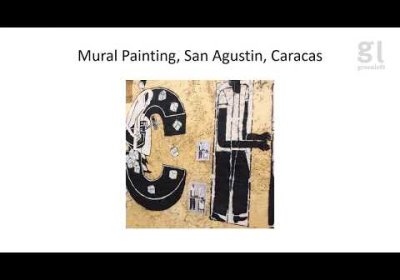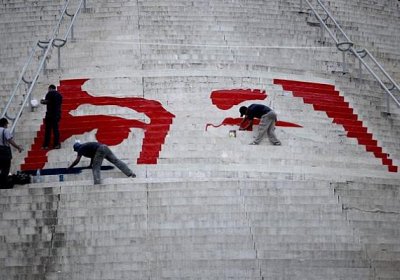One of the most important aspects of Venezuela’s pro-poor Bolivarian Revolution has been its promotion of women's empowerment through community organisation.
To get a sense of how this grassroots process of community organising is developing and the role women are playing in the process, we visited the Ataroa and Lomas de Leon communes as part of the Venezuela Analysis international solidarity delegation in late August.











